October 24, 2022
Imagine a patient is under doctor’s orders to use a wearable device. The device monitors the patient’s progress and integrates that data with her personal health records. A third-party service monitors the patient’s progress and alerts her doctor when necessary. Device data is also integrated into an artificial intelligence model designed to learn from the experience of several patients. Meanwhile, both the device data and the patient’s medical records are available to researchers that are developing new treatments.
And that, in a nutshell, illustrates some of the bigger challenges for modern-day cybersecurity. There are an increasing number of devices collecting an ever-increasing amount of data. The data is stored in various clouds and analyzed by a number of applications. Each link in the data supply chain presents a new risk of compromise – with privacy, health and financial implications.
But that data is also valuable because of the insights it can yield; there are real benefits to sharing it with specialized services and experts.
Two innovations supporting cybersecurity, blockchain technology and homomorphic encryption, may help protect that data, enabling researchers to rely on it for insights.
Blockchain Technology
Approximately one-third of technology executives believe that securing machine-to-machine interactions in the internet-of-things (IoT) will be the most important use of blockchain technology in 2023, according to “The Impact of Technology in 2023 and Beyond: an IEEE Global Survey.”
IEEE Senior Member Bhaskar Krishnamachari explains that compromised IoT devices, which can include medical devices and wearables, can alter data before it is sent to intended recipients, and the devices can also be compromised to illicitly send data to unauthorized recipients.
“Because blockchain protocols have the ability to log transactions and data in a tamper-proof ledger, and to create a secure audit trail, they can play a role in securing these communications between IoT devices and the outside world. Blockchain technologies can help make sure that the data that is being sent is valid and uncorrupted by any malicious party, and sent to all intended recipients without any censorship, forgery or reordering,” Krishnamachari said.
Want the inside scoop on technology in 2023? Check out this interactive experience.
Homomorphic Encryption
Another technology making headway is homomorphic encryption, which allows users to perform calculations on encrypted data without decrypting it first. So, for example, a bank might allow a third party to analyze portions of its loan portfolio without exposing personal data, or even allowing the data to leave its control.
While homomorphic encryption can require lots of computing power, it has a few big upsides. For one thing, according to Kayne McGladrey, IEEE Senior Member, it allows companies in highly regulated industries, such as finance or healthcare, to store data on a public cloud.
“As the data remains encrypted in all phases, even a data breach of a third party will not provide a threat actor with access to encrypted data,” McGladrey said.
In the IEEE survey, 90% of respondents agreed that in 2023 quantum computing will gain the most attention for its application to post-quantum cryptography, but homomorphic encryption technology will have the biggest impact.
Shared Data, But Still Private
“The big concern is that when the data in question are privacy-sensitive, that whoever owns the machines on which the processing is done can view both the inputs and outputs of privacy sensitive data and computations,” Krishnamachari said. “This potentially allows an unauthorized, untrusted third party to see confidential data.”
“Homomorphic encryption,” Krishnamachari continued, “ensures that the computer provider cannot in any way view the raw data that are being processed on their servers. This technology is likely to be particularly useful in domains or industries where there is a need to process privacy-sensitive data. For example, in domains like healthcare it may be used to protect patient health data and electronic medical records that are processed in order to study the efficacy of new treatments or improve healthcare delivery.”
Krishnamachari said homomorphic encryption could also be used in personal communications, like text messaging.
“The Impact of Technology in 2023 and Beyond: an IEEE Global Study” surveyed 350 CIOs, CTOs, IT directors and other technology leaders in the U.S., China, U.K., India and Brazil at organizations with more than 1,000 employees across multiple industry sectors including banking and financial services, consumer goods, education, electronics, engineering, energy, government, healthcare, insurance, retail, technology and telecommunications.
Learn More: Homomorphic encryption was first encountered by computer scientists in 1978. If you’d like to learn more about this technology’s long history, the IEEE Computer Society has you covered.
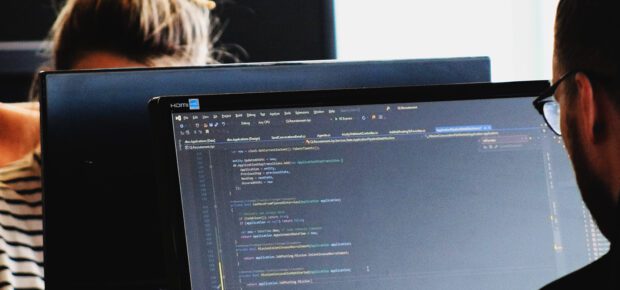




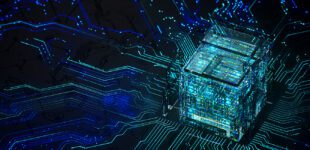
 Meaningful Momentum or Running in Place?
Meaningful Momentum or Running in Place?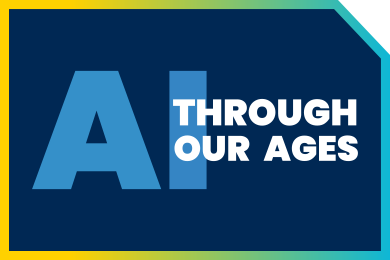 AI Through Our Ages
AI Through Our Ages Liquid Infrastructure: Our Planet's Most Precious Resource
Liquid Infrastructure: Our Planet's Most Precious Resource The Impact of Technology in 2025
The Impact of Technology in 2025 Quantum and AI: Safeguards or Threats to Cybersecurity?
Quantum and AI: Safeguards or Threats to Cybersecurity? Why AI Can't Live Without Us
Why AI Can't Live Without Us Bits, Bytes, Buildings and Bridges: Digital-Driven Infrastructure
Bits, Bytes, Buildings and Bridges: Digital-Driven Infrastructure Impact of Technology in 2024
Impact of Technology in 2024 Emerging AI Cybersecurity Challenges and Solutions
Emerging AI Cybersecurity Challenges and Solutions The Skies are Unlimited
The Skies are Unlimited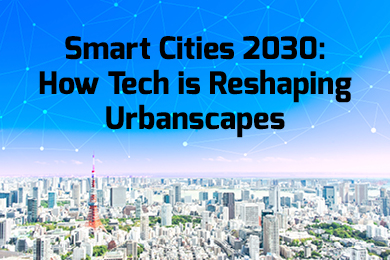 Smart Cities 2030: How Tech is Reshaping Urbanscapes
Smart Cities 2030: How Tech is Reshaping Urbanscapes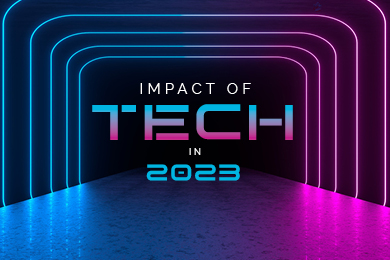 Impact of Technology 2023
Impact of Technology 2023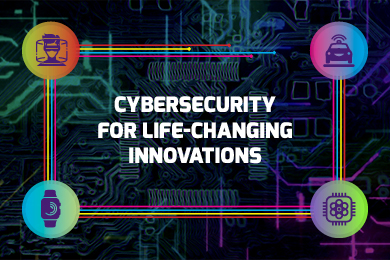 Cybersecurity for Life-Changing Innovations
Cybersecurity for Life-Changing Innovations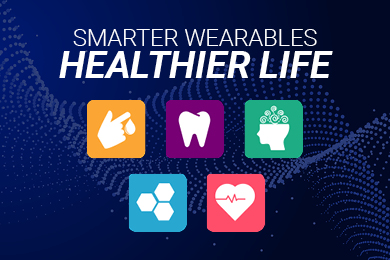 Smarter Wearables Healthier Life
Smarter Wearables Healthier Life Infrastructure In Motion
Infrastructure In Motion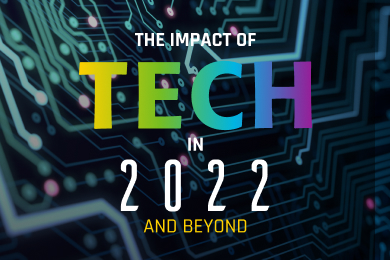 The Impact of Tech in 2022 and Beyond
The Impact of Tech in 2022 and Beyond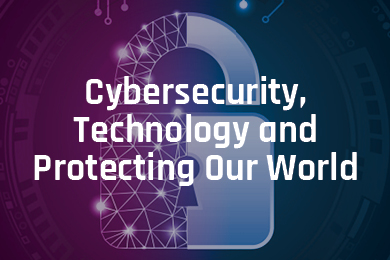 Cybersecurity, Technology and Protecting Our World
Cybersecurity, Technology and Protecting Our World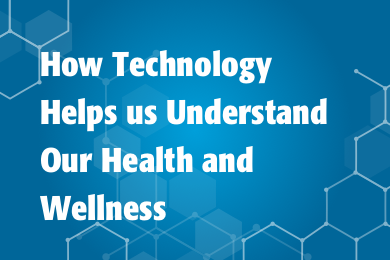 How Technology Helps us Understand Our Health and Wellness
How Technology Helps us Understand Our Health and Wellness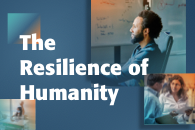 The Resilience of Humanity
The Resilience of Humanity Harnessing and Sustaining our Natural Resources
Harnessing and Sustaining our Natural Resources Creating Healthy Spaces Through Technology
Creating Healthy Spaces Through Technology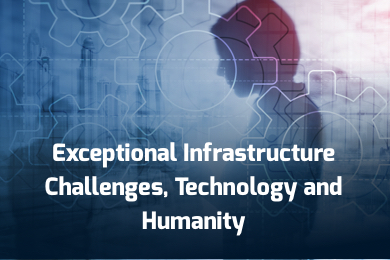 Exceptional Infrastructure Challenges, Technology and Humanity
Exceptional Infrastructure Challenges, Technology and Humanity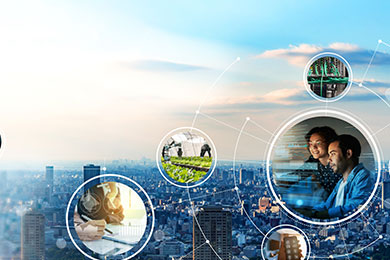 The Global Impact of IEEE's 802 Standards
The Global Impact of IEEE's 802 Standards Scenes of our Cyber Lives: The Security Threats and Technology Solutions Protecting Us
Scenes of our Cyber Lives: The Security Threats and Technology Solutions Protecting Us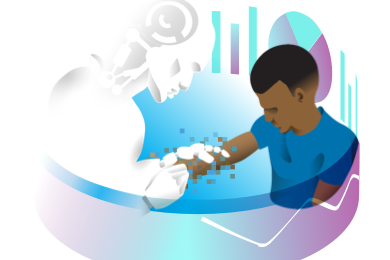 How Millennial Parents are Embracing Health and Wellness Technologies for Their Generation Alpha Kids
How Millennial Parents are Embracing Health and Wellness Technologies for Their Generation Alpha Kids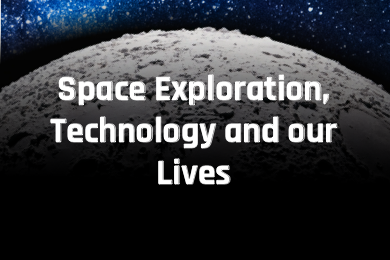 Space Exploration, Technology and Our Lives
Space Exploration, Technology and Our Lives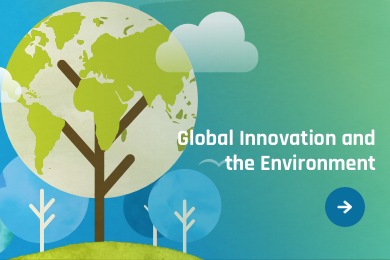 Global Innovation and the Environment
Global Innovation and the Environment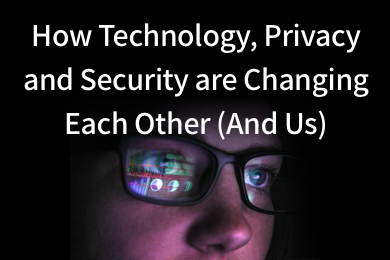 How Technology, Privacy and Security are Changing Each Other (And Us)
How Technology, Privacy and Security are Changing Each Other (And Us)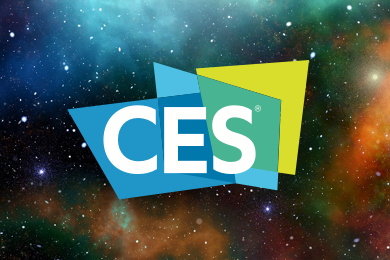 Find us in booth 31506, LVCC South Hall 3 and experience the Technology Moon Walk
Find us in booth 31506, LVCC South Hall 3 and experience the Technology Moon Walk Virtual and Mixed Reality
Virtual and Mixed Reality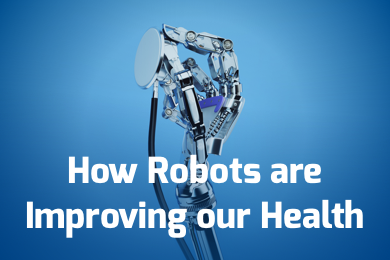 How Robots are Improving our Health
How Robots are Improving our Health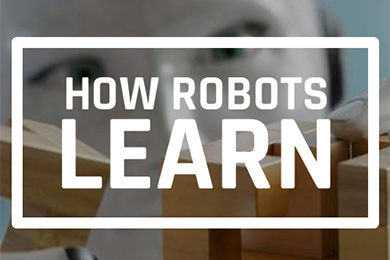 IEEE Experts and the Robots They are Teaching
IEEE Experts and the Robots They are Teaching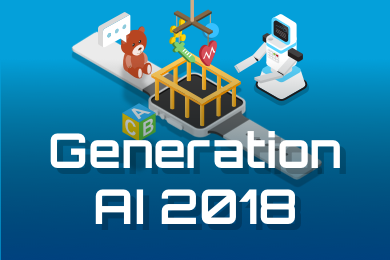 See how millennial parents around the world see AI impacting the lives of their tech-infused offspring
See how millennial parents around the world see AI impacting the lives of their tech-infused offspring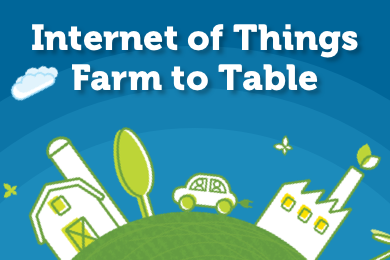 Take the journey from farm to table and learn how IoT will help us reach the rising demand for food production
Take the journey from farm to table and learn how IoT will help us reach the rising demand for food production Watch technical experts discuss the latest cyber threats
Watch technical experts discuss the latest cyber threats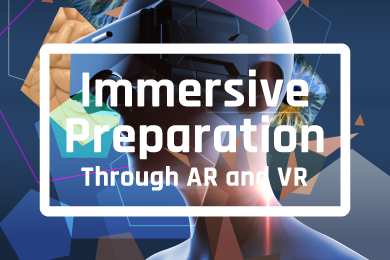 Explore how researchers, teachers, explorers, healthcare and medical professionals use immersive technologies
Explore how researchers, teachers, explorers, healthcare and medical professionals use immersive technologies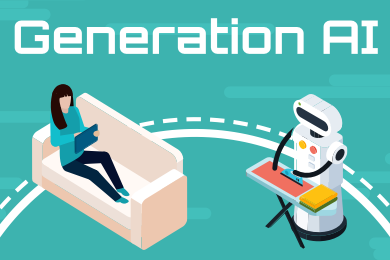 Follow the timeline to see how Generation AI will be impacted by technology
Follow the timeline to see how Generation AI will be impacted by technology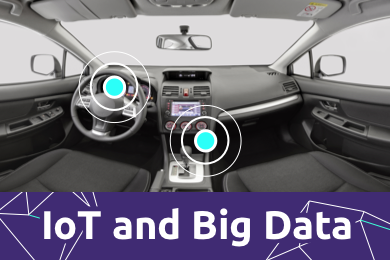 Learn how your IoT data can be used by experiencing a day in a connected life
Learn how your IoT data can be used by experiencing a day in a connected life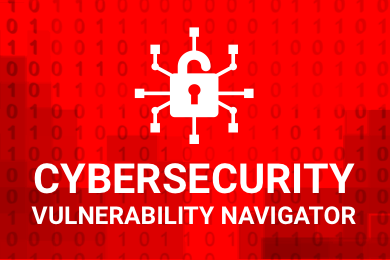 Listen to technical experts discuss the biggest security threats today
Listen to technical experts discuss the biggest security threats today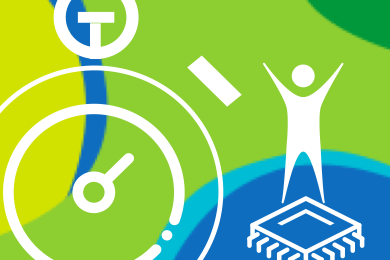 See how tech has influenced and evolved with the Games
See how tech has influenced and evolved with the Games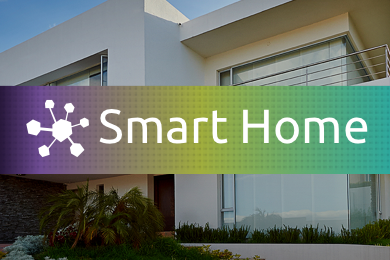 Enter our virtual home to explore the IoT (Internet of Things) technologies
Enter our virtual home to explore the IoT (Internet of Things) technologies Explore an interactive map showcasing exciting innovations in robotics
Explore an interactive map showcasing exciting innovations in robotics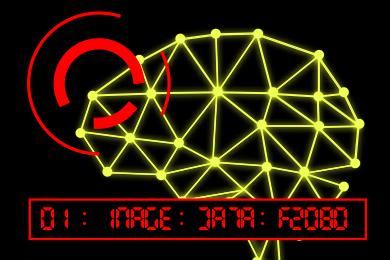 Interactively explore A.I. in recent Hollywood movies
Interactively explore A.I. in recent Hollywood movies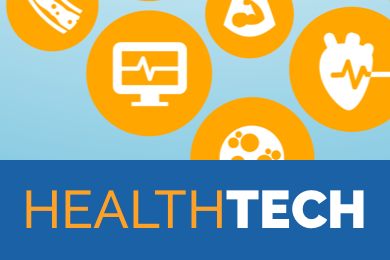 Get immersed in technologies that will improve patients' lives
Get immersed in technologies that will improve patients' lives